
Marketing
Why are reviews important for your retail store?
Reviews guide customers as they make choices, foster trust, and can even give sales a significant lift. If your clothing...
Click-and-Mortar: How to Run Your Fashion Store Both Online and Offline?
eCommerce
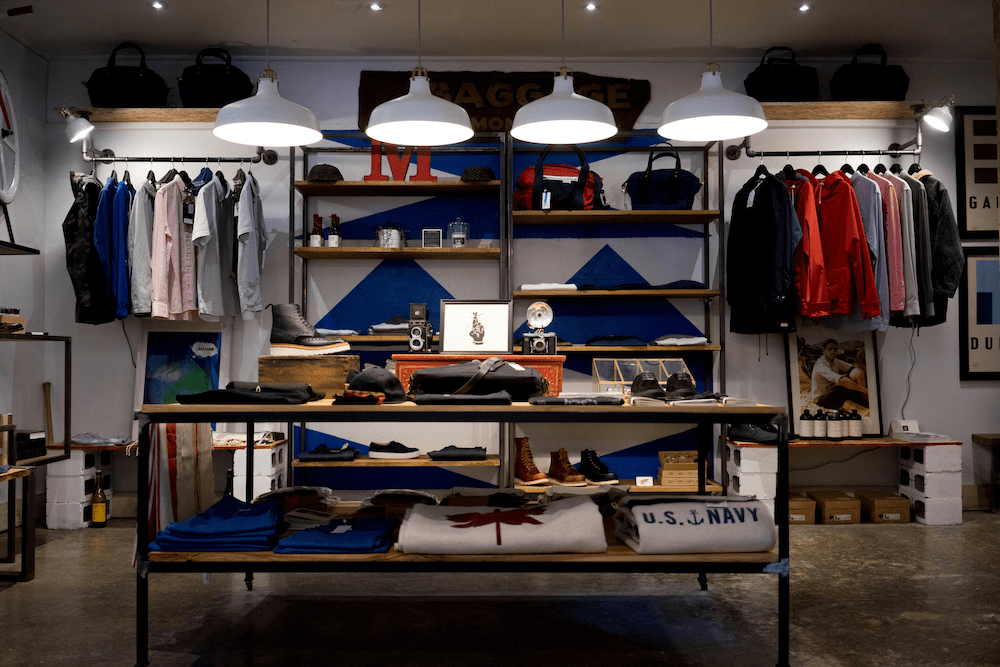
An effective omnichannel strategy has become essential for businesses striving to meet customers’ evolving needs.
According to Statista, 83% of companies now utilize an omnichannel approach to engage with customers seamlessly across multiple interaction points.
This statistic highlights the increasing awareness among companies regarding the significance of crafting cohesive and suitable customer experiences.
In this article, we’ll examine the click-and-mortar model and its benefits and offer you practical advice on how to transition your fashion business to this model.
Click-and-mortar is a versatile retail business model that integrates online and offline channels to create a cohesive shopping experience.
Essentially, this approach merges the physical presence of a traditional brick-and-mortar store with the convenience of an eCommerce website.
By combining these two elements, businesses can offer customers a variety of ways to shop—whether they prefer the tactile experience of visiting a physical store or the ease of browsing and purchasing online.
The click-and-mortar model enhances the customer’s experience by ensuring consistent and connected shopping.
Here’s an in-depth look at how the click-and-mortar business model operates:
Synchronized inventory management across online and offline platforms is at the core of click-and-mortar retailing.
This ensures that stock levels are updated in real-time, giving customers accurate information about product availability whether they are shopping online or visiting a physical store.
This means that stock levels are quickly updated in both places when a product is purchased in a physical store or online.
By maintaining this alignment, your business can prevent stockouts but also overstock situations, enhancing overall customer satisfaction.
This hybrid retail model offers a consistent and cohesive shopping experience across all channels.
Customers can explore products online and pick them up at a nearby store or return online purchases at a physical location.
This seamless interaction between your online and offline clothing store ensures that your customers enjoy a smooth, integrated experience, no matter how they shop.
A perfect example is Nordstrom’s integration of online and offline shopping. This allows customers to go for in-store fittings or, if they wish, quickly return any online purchases in the physical locations, ensuring a seamless and refined shopping experience.
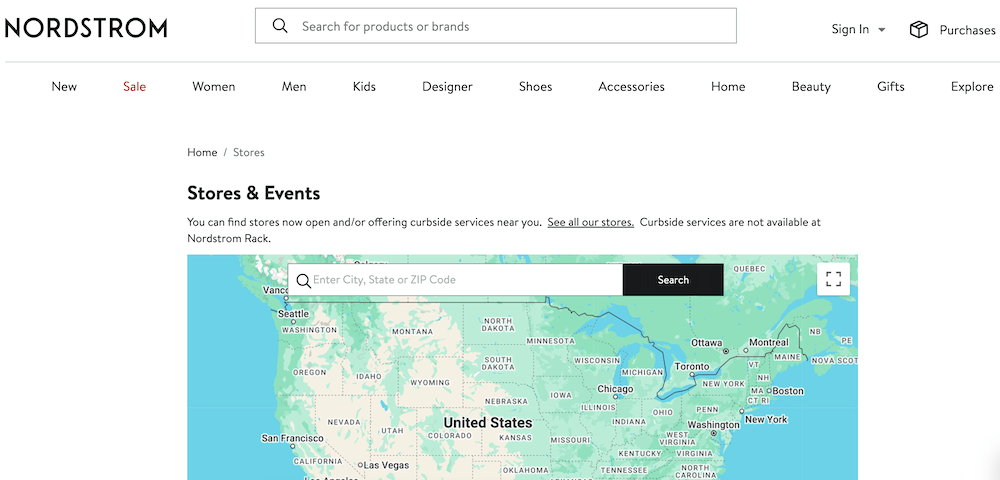
By adopting the click-and-mortar model, clothing retailers can seamlessly combine online and offline advertising strategies.
H&M is a prime example of this strategy, as it operates both an online presence and physical stores. They utilize social media for digital marketing campaigns but also implement captivating in-store promotions.
A noteworthy offline campaign is their “Close the Loop” initiative, which emphasizes sustainability and encourages customers to recycle their old clothes by bringing them to their stores in exchange for coupons.

This cohesive approach boosts customer engagement and strengthens brand loyalty by catering to shoppers’ preferences across various channels.
Click-and-mortar stores offer customer support that allows you to connect with your customers through different channels.
Customers can seek assistance via phone or email for online order inquiries or in-person conversations with staff.
This flexibility improves the shopping experience and develops trust by ensuring any issues can be resolved quickly both online and face-to-face.
By combining online and offline support, click-and-mortar retailers create a more welcoming and reassuring environment for their customers.
Check out: How to improve customer service with ChatGPT
Adopting the click-and-mortar approach offers numerous advantages for fashion retailers, combining the best of both online and offline retailing:
By embracing both click-and-mortar channels, your business can significantly expand your customer base.
Online stores cater to shoppers who prefer the convenience of digital shopping, while brick-and-mortar stores attract those who enjoy the tangible experience of in-person shopping.
This dual presence will allow you to engage a broader audience and tap into diverse consumer preferences.
The integration of online and offline channels can lead to higher sales.
For example, a customer might come across your fashion brand online and then visit your physical store to try on the items, which offers much better chances of increased conversion rates.
The click-and-mortar model allows your clothing business to engage your customers through multiple touchpoints.
Considering this, customers can discover your brand through social media platforms, browse your offerings on your website, and then visit your click-and-mortar store to try items on and engage with staff members.
This multifaceted approach fosters better customer relationships and enhances engagement across both channels.
Collecting data from both online and offline channels provides a comprehensive view of your customer preferences and behaviors.
This information enables you to develop more targeted marketing strategies and make data-driven decisions, optimizing your overall approach within the click-and-mortar framework.
Whether you want to add a physical store to an existing online clothing business or vice versa, transitioning to a click-and-mortar model involves several key steps.
Choose the right location
Selecting the location for your click-and-mortar clothing store is crucial to drawing in your desired audience and boosting brand visibility.
Make sure your store is accessible via transport and has ample parking options.
Also, evaluate the competitive landscape; while some competition can be advantageous, being close to similar stores might diminish your brand’s distinctiveness.
Design your store
Creating a store that reflects your online brand is all about crafting an in-store experience.
Incorporate design elements like the window display, product layout, and signage to ensure that the physical store communicates the same vibe and message as your online presence.
A thoughtfully executed design promotes consistency, strengthens your brand image, and leaves a lasting impression on customers.
This alignment boosts loyalty and encourages customers to return, making your store a genuine extension of your online clothing brand.
Integrate your online and offline systems
Bringing together different systems means setting up a point of sale (POS) system that works harmoniously with your online inventory. This enables updates and smooth stock management.
Multiple online store-building platforms offer integrated POS systems to ensure consistent stock levels in physical and online stores.
For example, if Square or Shopify powers your eCommerce store, you can utilize their POS capabilities to simplify inventory tracking across both platforms.
This integration simplifies your processes and enhances order fulfillment, making customers happier by avoiding stock problems and delays.
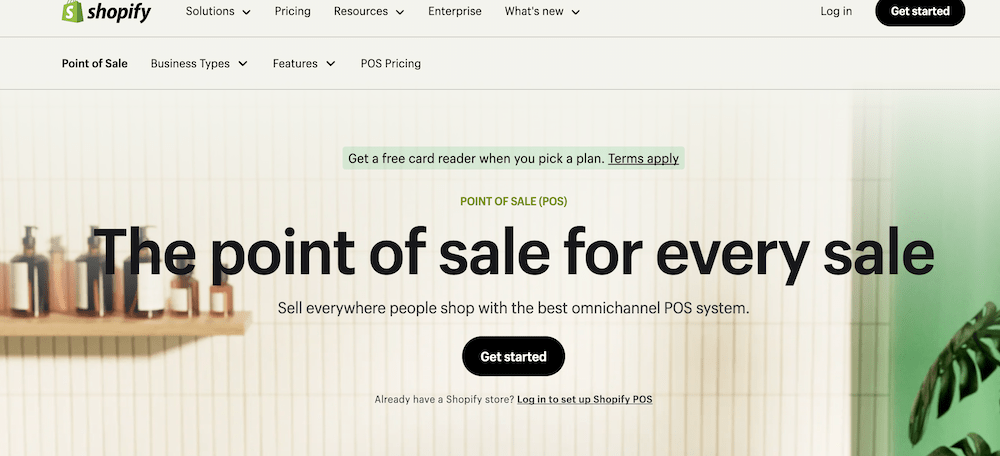
Promote your upcoming physical store
Use social media platforms such as Instagram, TikTok, and Facebook to build anticipation for the launch of your physical store.
Develop captivating content that highlights your distinct products. Implement advertisements to target potential customers and organize events like a grand opening party to attract visitors.
Provide exclusive deals during the week to entice more people to come in. A robust online presence can convert your digital followers into dedicated, in-person shoppers.
Build an eCommerce store
Creating an easy-to-use eCommerce website is crucial for showcasing your store’s style and ensuring a smooth shopping journey.
Opt for platforms such as Shopify or WooCommerce that provide templates and a simple setup process, enabling you to display your clothing brand effectively.
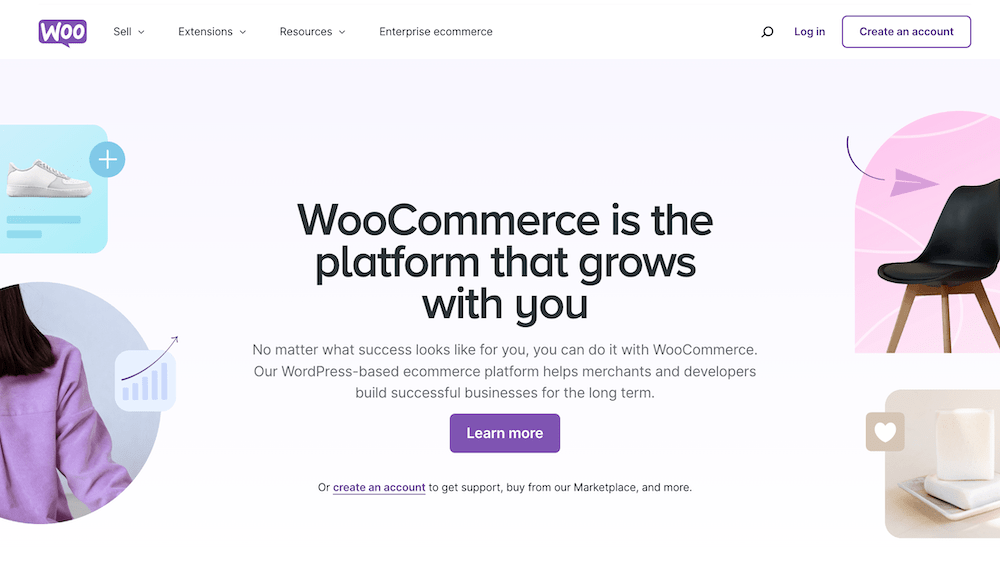
Making your site responsive is also essential since many customers prefer shopping on their phones.
Use images and comprehensive product descriptions to boost customer trust and minimize return rates.
Moreover, consider including reviews and a straightforward checkout procedure to enhance the overall user experience.
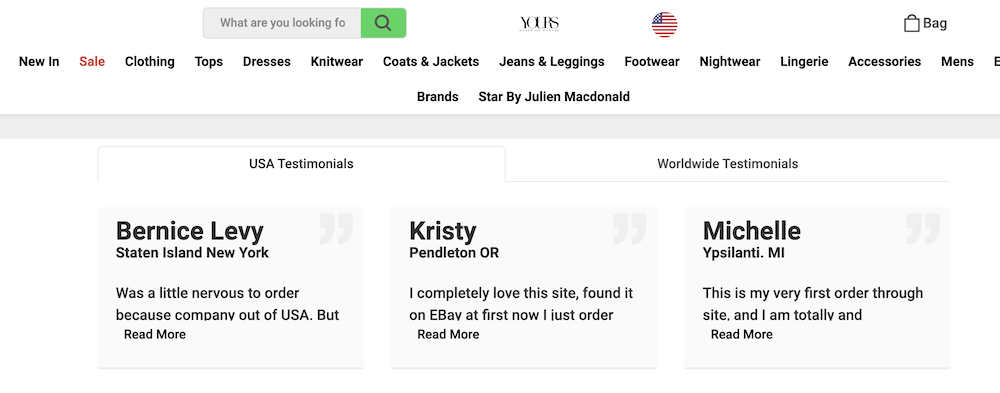
By prioritizing these aspects, you can establish an online presence that captivates visitors and encourages them to become loyal customers.
Digitize your inventory
Reliable inventory management software is essential for ensuring consistent stock levels between your physical and online stores. This integration allows for updates that help keep inventory levels accurate across all sales channels.
Upgrading your inventory system can eliminate discrepancies that lead to stockouts or excess inventory.
As mentioned before, you’ll need to establish a point of sale (POS) system for your online store as well to merge your inventory.
Fortunately, many website-building platforms offer built-in POS systems that can be easily integrated with your physical store, simplifying management across all channels.
Develop an online marketing strategy
Developing an all-encompassing digital marketing plan is crucial to drawing shoppers to your eCommerce site.
Here are some practical tips to help you develop your online marketing strategy.
Tips:
By implementing these approaches, you’ll enhance your customers’ shopping journeys on both your online and offline platforms, driving traffic and boosting sales.
Embracing a click-and-mortar approach is a game changer for clothing retailers aiming to connect with customers online and offline.
By merging your operations, you can provide a shopping experience with real-time inventory updates and in-store pickups.
This strategy expands your reach, increases sales prospects, and improves customer satisfaction by accommodating various shopping preferences. With the retail landscape changing, adopting a unified click-and-mortar strategy sets your business up for enduring success.
What is dropshipping?